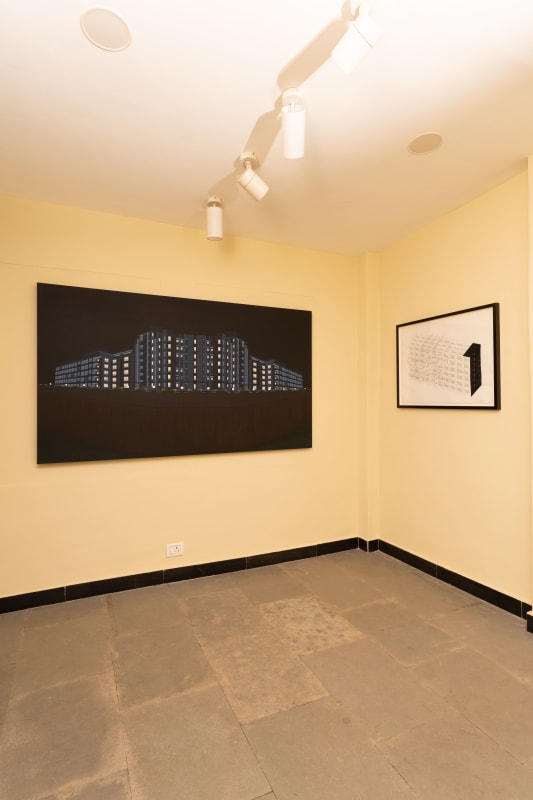VIEW ARTICLE
VIEW PDF
At Space118 Art Foundation, Mumbai, works by established and emerging contemporary artists share space. Krishna Reddy's prints, resplendent in colour, are juxtaposed against Zarina's minimalist maps of Shahjahanabad. Dashrath Patel's paper on plywood, titled Collages, Seher Shah's etchings and Manisha Parekh's sculptural Wings also come into view at the exhibition, The Presence of Absence.
What unites each of these artists is their own unique approach to abstraction. "Absence is never empty; it becomes a field charged with resonance and possibility. What remains instead is not silence, but presence; the quiet pulse of colour, form and thought," writes curator Kunal Shah in his note.
This set of 100-plus works has been drawn from the personal collection of Saloni Doshi, an art patron and founder of Space118 Art Foundation, which supports visual artists with studio space and residencies. The exhibition is a significant one as it examines the importance of abstraction within Indian art. For leading abstractionists such as S.H.
Raza, Ram Kumar, Ganesh Haloi, V. Viswanadhan, Krishna Reddy, Zarina, Shanti Dave, and so many others, the move towards abstraction was a conscious one, aimed at a free expression of inner dialogue through colour.
The international art market, too, has been, over time, acknowledging works in this genre. For instance, the ethereal appeal of V.S. Gaitonde's Untitled abstract painting from 1970 made it the second most expensive work of art two months ago when it sold for 767.8 at Saffronart's 25th anniversary evening sale.
Redefining perception
According to Shah, it is important to understand that abstraction isn't merely an absence of figure. "If the figure is gone, what remains? Perhaps it is the presence of absence that invites us to see ourselves anew and to dwell in the space beyond representation and image," he says. For him, abstraction is not the erasure of figure, but the revelation of hidden meanings and structures that underpin perception itself.
In Shah's view, abstraction reminds us that perception is elastic, proving that the eye can unlearn and that the mind can see beyond the constraints of form. "A fresh exploration of the possibilities of absentia, The Presence of Absence, shines light on the lesser-known aesthetics of abstract art. One that seems formless, and at the same time is effervescent with hidden narratives, encouraging discourse on stories of existence, persistence, hope, and the realisation that everything is within us, and we are everything that we seek," he writes.
Besides the broader significance, the works in the show hold personal meaning to Doshi- each forms a stepping stone towards understanding herself better as a collector and a connoisseur of the arts. While her collection spans textile, photography, prints, and paintings, her 'focused' tryst with abstraction began nearly a decade ago when she acquired her first work by Zarina, an artist known for creating visually compelling maps that dwell on migration, displacement and belonging. Doshi saw Zarina's works in the office of art collector and philanthropist Lekha Poddar and was completely mesmerised. "I read up further on the artist, found out about her journey, and then proceeded to buy her art," says Doshi.
